5.03.2019
Military satellite joined with Delta 4 rocket at Cape Canaveral
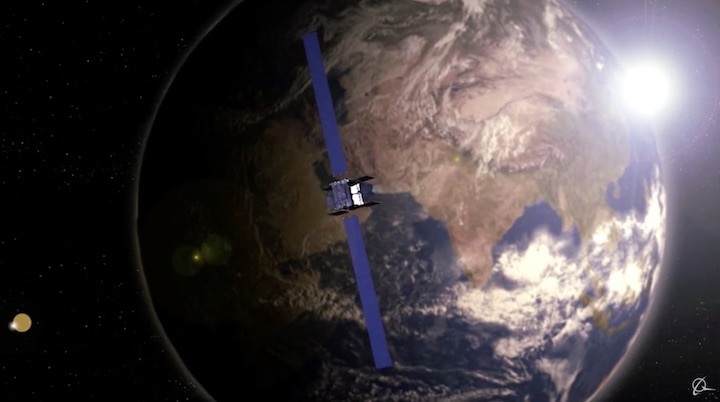
The addition of a U.S. Air Force communications satellite has capped the assembly of a 218-foot-tall (66-meter) United Launch Alliance Delta 4 rocket at Cape Canaveral set for liftoff the evening of March 13.
The Air Force’s 10th Wideband Global SATCOM communications satellite joined the Delta 4 rocket at Cape Canaveral’s Complex 37 launch pad early Tuesday after an overnight trip from the Astrotech spacecraft processing facility in nearby Titusville.
After arriving from its factory in Southern California late last year, the Boeing-built communications satellite was fueled with maneuvering propellants at the Astrotech facility, then encapsulated inside the Delta 4 rocket’s payload shroud, emblazoned with the mission’s official insignia.
Cocooned inside the protective 47-foot-tall (14-meter) payload fairing on a special transporter, the WGS 10 satellite left the Astrotech facility late Monday under a security escort for the low-speed journey to the launch pad.
The convoy included equipment to supply conditioned air to the satellite during the trip to the pad.
Cranes at Complex 37 raised the spacecraft and payload fairing inside the pad’s mobile gantry, then workers carefully lowered the satellite on the rocket’s second stage. Teams planned to spend the next couple of weeks verifying the mechanical and electrical connections between the Delta 4 launcher and the WGS 10 spacecraft, convening readiness reviews, and practicing countdown procedures.
Liftoff of the Delta 4 rocket is scheduled for March 13, during a launch window opening at 6:58 p.m. EDT (2258 GMT). The launch window extends until 9:04 p.m. EDT (0104 GMT).
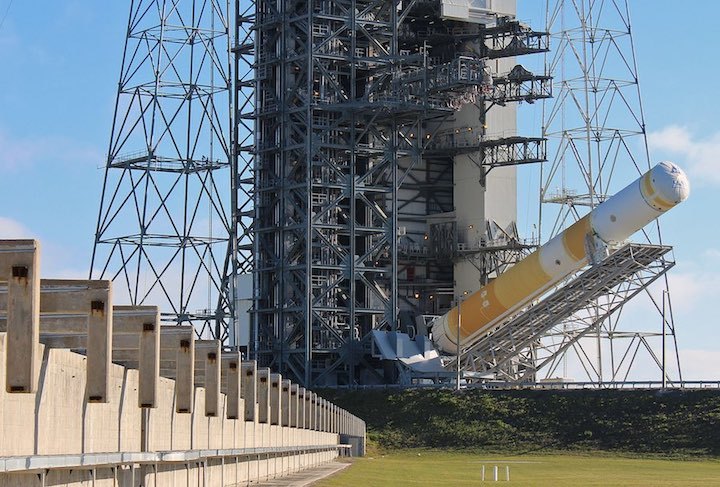
Boosted by an Aerojet Rocketdyne hydrogen-fueled RS-68A main engine and four strap-on solid rocket motors built by Northrop Grumman Innovation Systems, the Delta 4 rocket will head east from Cape Canaveral to place the WGS 10 spacecraft into an elliptical geostationary transfer orbit, a waypoint on the satellite’s journey to an operating post more than 22,000 miles (nearly 36,000 kilometers) over the equator.
WGS 10 will join a military satellite fleet to route classified and unclassified data and video, supporting U.S and allied forces around the world. Featuring a digital channelizer, WGS 10 will relay high-data-rate communications in X-band and Ka-band frequencies during a mission expected to last at least 14 years.
The nine previous WGS satellites all launched on ULA rockets — the first two on Atlas 5s in 2007 and 2009, and the following seven on Delta 4s.
The Wideband Global SATCOM fleet is the U.S. Defense Department’s highest capacity satellite communications network.
The launch March 13 will be ULA’s second mission of the year, the second Delta 4 flight of the year, and the third launch from Florida’s Space Coast overall so far in 2019.
The mission will be the 39th flight by a Delta 4 rocket since the launcher family debuted in 2002, and the eighth launch by a Delta 4 flying in the “5,4” configuration with a 5-meter (16-foot) diameter payload fairing and four solid rocket boosters.
The Delta 4’s first and second stages, covered in insulating orange foam, rolled out of ULA’s Horizontal Integration Facility to the launch pad Jan. 24, then hoisted vertical. The four solid rocket boosters, measuring 60 inches (1.5 meters) in diameter and 53 feet (16 meters) long, were added around the base of the Delta 4 launcher in early February.
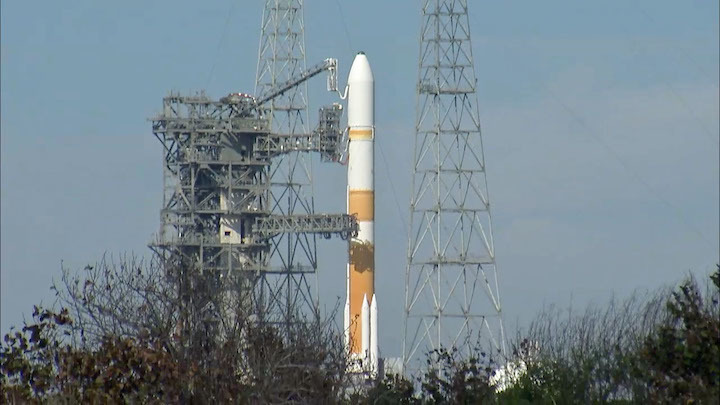
The upcoming flight will be the penultimate launch by a Delta 4 rocket with a single first stage core, a medium-lift variant ULA plans to retire later this year as part of the company’s strategy to streamline its operations and cut costs.
The Delta 4 is more expensive than ULA’s Atlas 5 rocket family, so the company decided in 2014 to phase out most of the Delta 4 configurations.
ULA, a 50-50 joint venture between Boeing and Lockheed Martin, will continue flying the Delta 4-Heavy through the early 2020s. The Delta 4-Heavy is composed of three liquid-fueled first stage cores connected together to haul heftier payloads into space.
Meanwhile, ULA is developing a new rocket named the Vulcan set for an inaugural flight in 2021. The Vulcan launcher will eventually fully replace the entire Atlas and a Delta rocket families.
The final single-core Delta 4 rocket is scheduled for launch from Cape Canaveral in July with a GPS navigation satellite.
Quelle: SN
+++
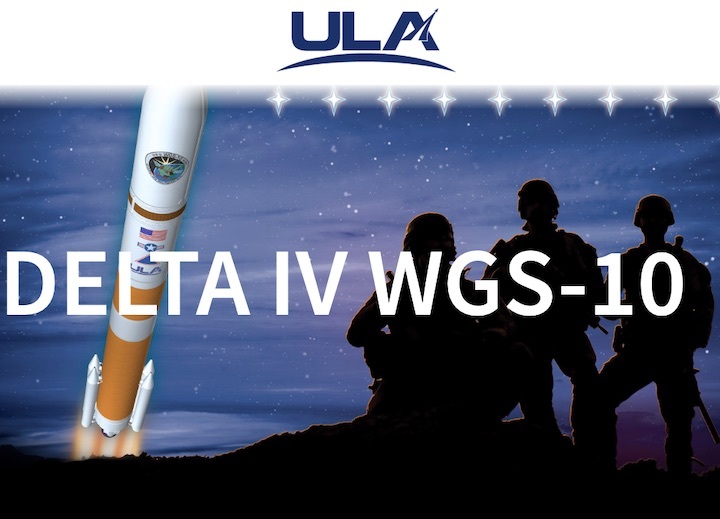
LAUNCH UPDATES
WGS-2
March 4, 2019 -- Building on the success of the first WGS, the second satellite in the series was successfully launched by another Atlas V 421 on April 3, 2009, adding to the new communications infrastructure taking shape in orbit.
The WGS system augments and then eventually replaces the Defense Satellite Communications System (DSCS) that has served as the backbone of global connectivity for the U.S. military around the globe.
Watch the launch highlights.
COUNTDOWN TO WGS-10
March 3, 2019 -- United Launch Alliance has served as the exclusive launch service provider for the Wideband Global SATCOM (WGS) communications satellite constellation. As we prepare to launch the 10th WGS spacecraft for the U.S. military, let’s look back at the previous launches.
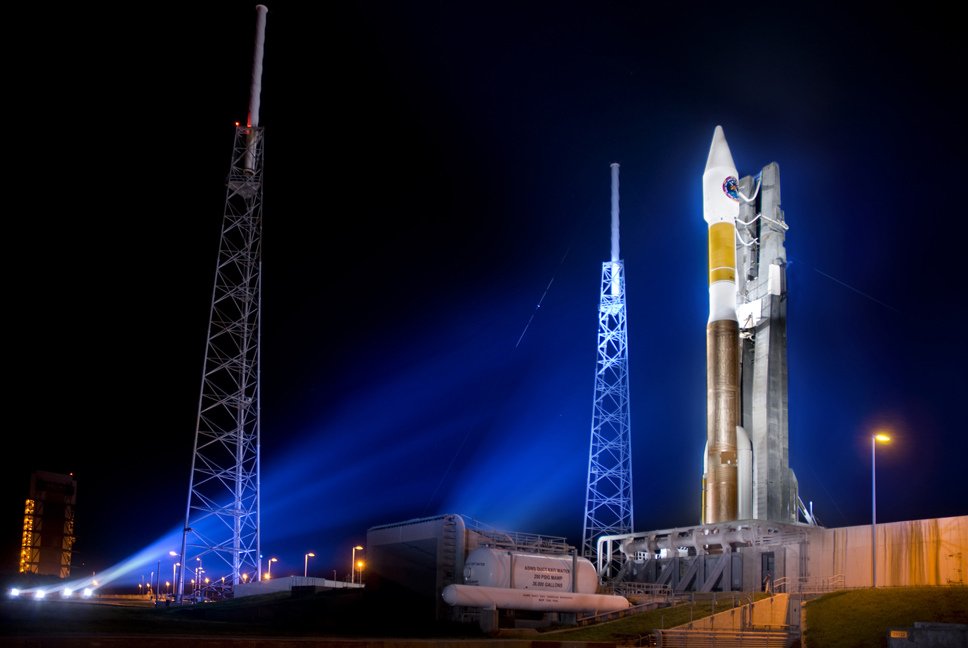
WGS-1 was launched by an Atlas V 421 rocket on Oct. 10, 2007 to give the military a “quantum leap” in communications capabilities. This first satellite in the new system offers as much capacity as the entire orbiting fleet of heritage craft it will help replace.
Quelle: ULA
----
Update: 13.03.2019
.
Air Force: Weather looks OK for the Space Coast's next Delta IV rocket launch
Weather conditions are looking mostly favorable for the Space Coast's next launch, according to a statement released Tuesday by local Air Force forecasters.
The 45th Weather Squadron said it anticipates 70 percent "go" conditions for the 6:56 p.m. Friday launch of a United Launch Alliance Delta IV rocket from Cape Canaveral Air Force Station. The liftoff opportunity at Launch Complex 37 will remain open until 9:05 p.m.
"During the launch window, there is a slight possibility of an isolated shower early in the window as any showers that form inland could move back over the coast with southwesterly steering flow before diminishing shortly after sunset," forecasters said, noting that sunset will occur at 7:31 p.m. "Therefore, the primary concern for launch is the cumulus cloud rule."
Secured atop the rarely launched Delta IV will be the Air Force's 10th Wideband Global SATCOM spacecraft, a satellite that will improve military communications once in orbit. It will mark the final launch of the WGS program.
In the event of a delay or scrub, a backup launch opportunity has been secured for around the same time Saturday. Weather conditions, however, would see a dip to only 40 percent "go" due to the possible presence of thunderstorms, showers, and increased cloud cover.
If all goes according to plan, SpaceX's wildly popular Falcon Heavy rocket will follow Delta IV as the next rocket to launch from the Space Coast. The company is currently targeting no earlier than early April to launch the three-core vehicle from Kennedy Space Center's pad 39A with a large, heavy communications satellite for Saudi Arabia's Arabsat.
Quelle: Florida Today
----
Update: 14.03.2019
.
ULA plans to ring in the weekend with Friday evening launch
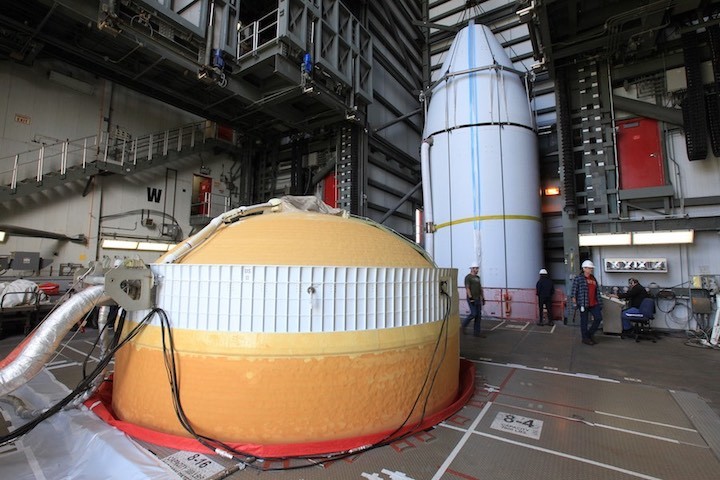
United Launch Alliance ground crews are putting the final touches on a Delta 4 rocket scheduled for blastoff Friday evening from Cape Canaveral with a U.S. Air Force communications satellite.
The 218-foot-tall (66-meter) Delta 4 rocket is set for liftoff at 6:56 p.m. EDT (2256 GMT) Friday, around a half-hour before sunset on Florida’s Space Coast. Friday night’s launch window extends until 9:05 p.m. EDT (0105 GMT).
The payload for the Delta 4 rocket is the Air Force’s Boeing-built WGS 10 communications satellite, which will join a fleet of wideband relay nodes stationed around the world in geostationary orbit more than 22,000 miles (nearly 36,000 kilometers) over the equator.
Friday evening’s mission will be the third launch of the year from Cape Canaveral, and ULA’s second mission of 2019, following a Delta 4-Heavy flight Jan. 19 from Vandenberg Air Force Base in California.
The Delta 4 launcher, covered in orange thermal insulation over its cryogenic propellant tanks, will blast off with 1.8 million pounds of thrust and head due east from Cape Canaveral, releasing four Northrop Grumman-built strap-on solid rocket motors around a minute-and-a-half into the flight to fall into the Atlantic Ocean. The four solid rocket boosters should leave a twisting exhaust plume in their wake as the Delta 4 climbs into space, adding to the spectacle for beachgoers and space enthusiasts hoping to see the launch.
The Delta 4 will jettison the protective aerodynamic shroud over the WGS 10 spacecraft nearly two minutes later, and the rocket’s core stage hydrogen-fueled RS-68A main engine, made by Aerojet Rocketdyne, will shut down at T+plus 3 minutes, 55 seconds.
Seconds later, the Delta 4’s lower stage will drop away, and the upper stage’s RL10B-2 engine will ignite for around 15 minutes to place the WGS 10 spacecraft in a preliminary parking orbit. A restart of the RL10B-2 engine at T+plus 29 minutes, 29 seconds, will raise the high point of the rocket’s orbit to an altitude of 27,536 miles (44,315 kilometers), setting up for deployment of the more than 13,000-pound (nearly 6,000-kilogram) WGS 10 satellite at T+plus 36 minutes, 50 seconds.
Like its predecessors already in orbit, the Air Force’s 10th Wideband Global SATCOM communications satellite will route classified and unclassified data and video, supporting U.S and allied forces around the world. Featuring a digital channelizer, WGS 10 will relay high-data-rate communications in X-band and Ka-band frequencies during a mission expected to last at least 14 years.
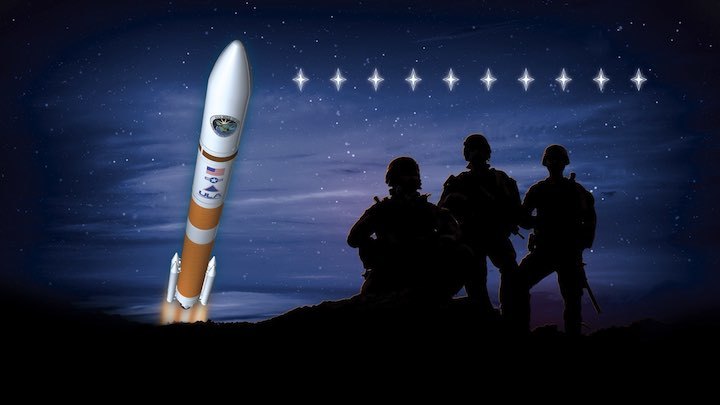
The nine previous WGS satellites all launched on ULA rockets — the first two on Atlas 5s in 2007 and 2009, and the following seven on Delta 4s.
“ULA is proud to be the exclusive launch provider for all ten WGS missions,” said Gary Wentz, ULA vice president of government and commercial Programs. “Our focus on mission success continually demonstrates that safely and reliably delivering these critical national assets is our highest priority.”
The weather outlook for Friday night’s launch looks favorable, with an 80 percent probability of acceptable conditions. The only potential weather concern forecast by the Air Force’s 45th Weather Squadron is the possibility of violating the cumulus cloud rule during the countdown.
“During the launch window, there is a slight possibility of an isolated shower early in the window as any showers that form inland could move back over the coast with southwesterly steering flow before diminishing shortly after sunset,” the Air Force’s forecast team wrote Thursday.
At launch time, forecasters predict scattered clouds at 3,000 feet, broken clouds at 28,000 feet, and winds of 12 to 16 knots from the south-southeast. The temperature at launch time is forecast to be around 74 to 76 degrees Fahrenheit.
If the launch is delayed to Saturday, weather conditions are expected to worsen as a cold front moves into Central Florida. There is a 60 percent probability of weather conditions violating one of the Delta 4’s launch weather rules Saturday.
The Delta 4’s launch with the WGS 10 communications satellite was previously scheduled for Wednesday, March 13. ULA announced a two-day delay Saturday “to allow for additional troubleshooting to resolve some off-nominal data indications.”
ULA and Air Force officials are scheduled to meet Thursday morning for a launch readiness review to clear the Delta 4 rocket for final countdown preparations.
Quelle: SN
----
Update: 16.03.2019
.
LIVE-Launch-Frams:
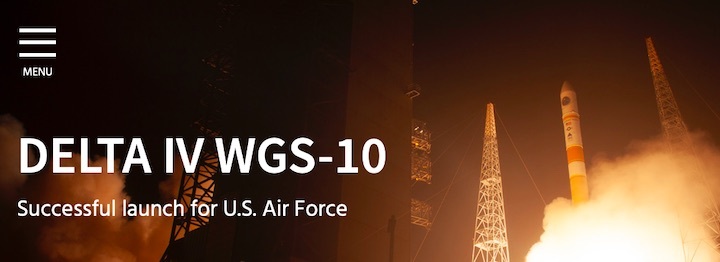
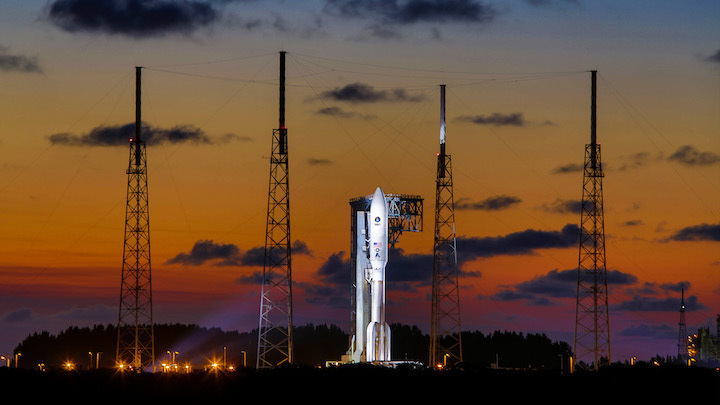
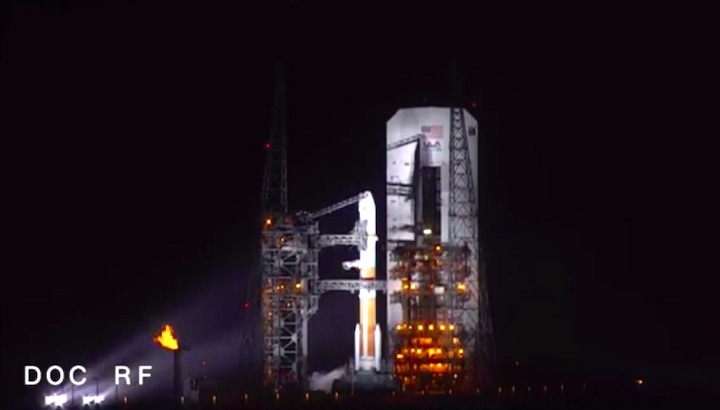
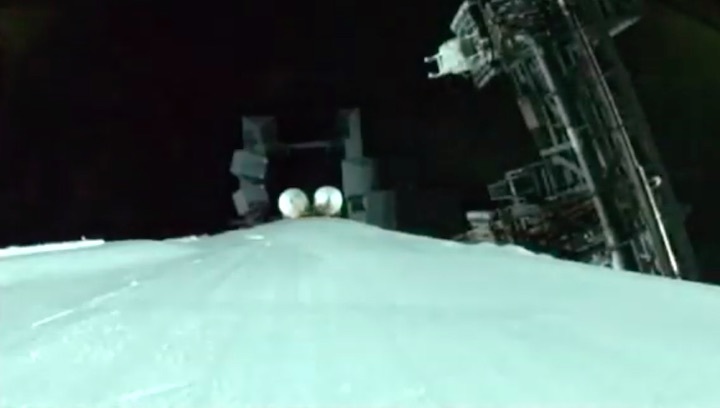
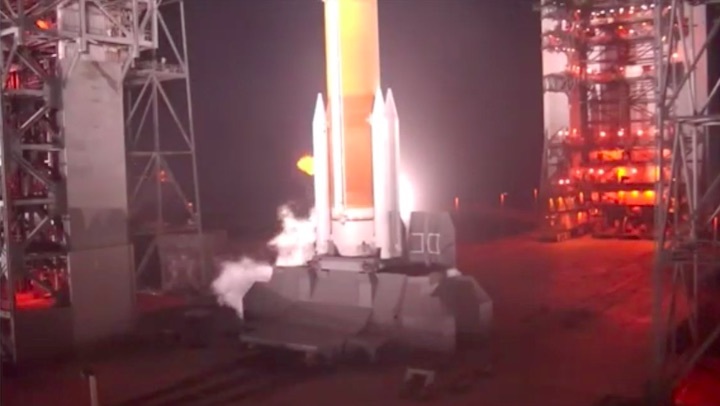
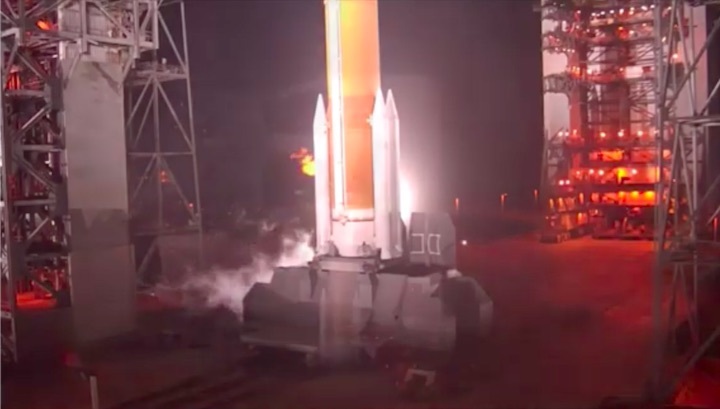
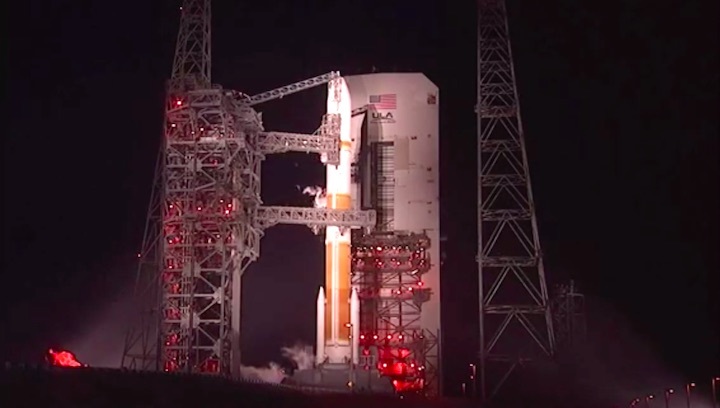
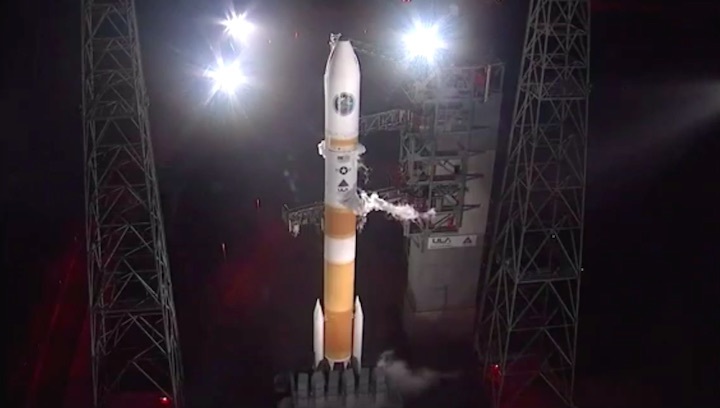

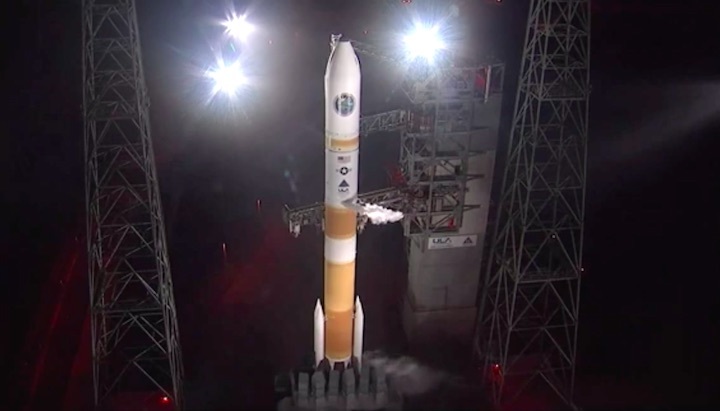
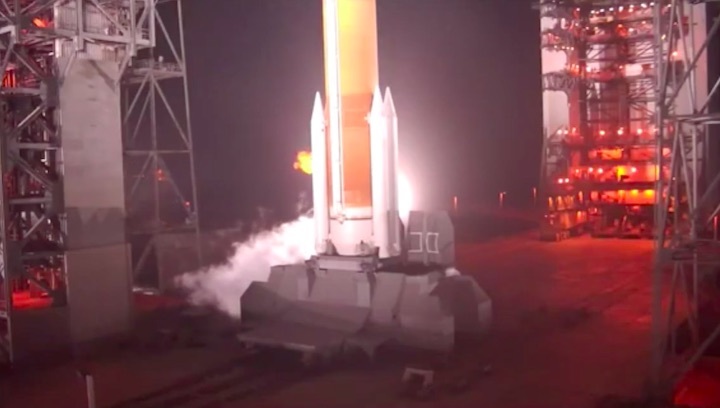
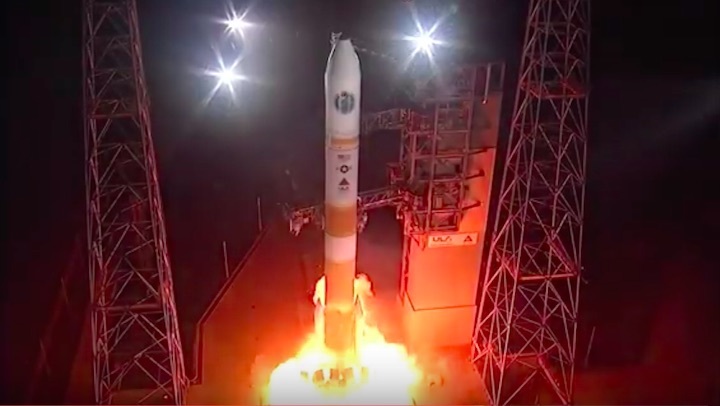
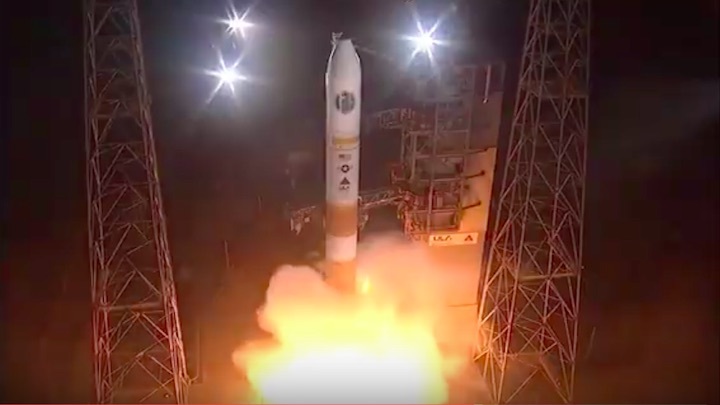
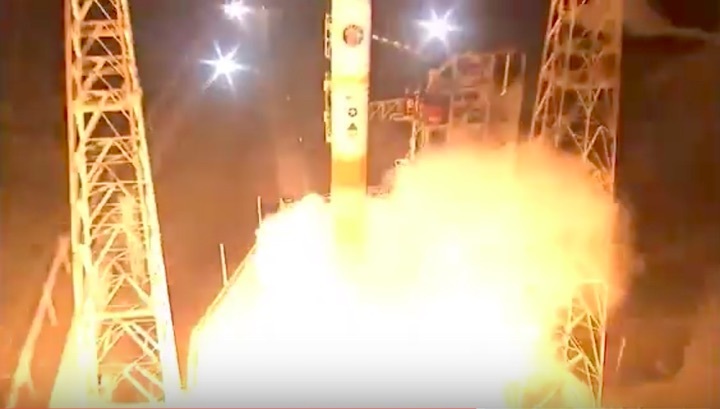
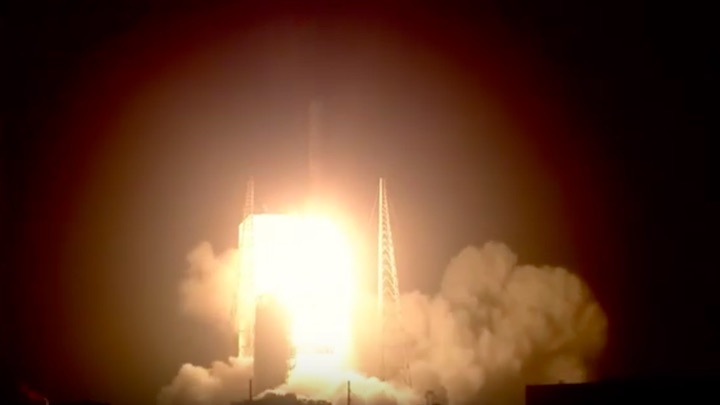
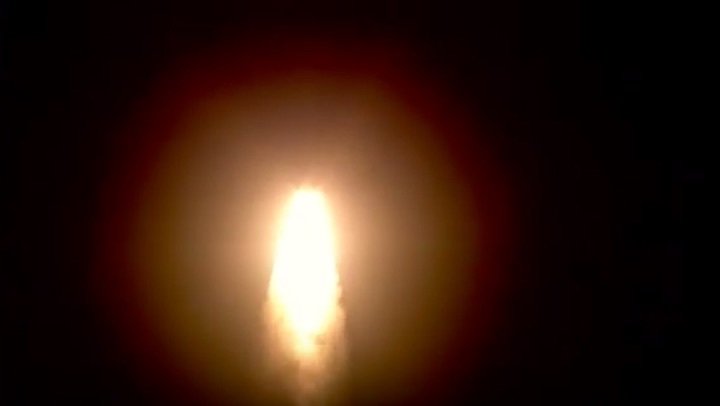
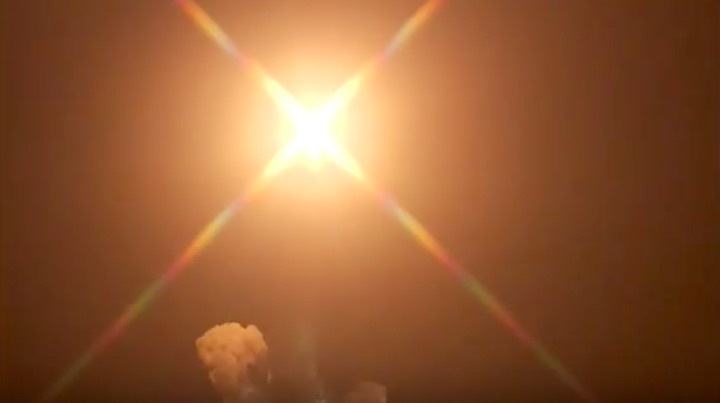
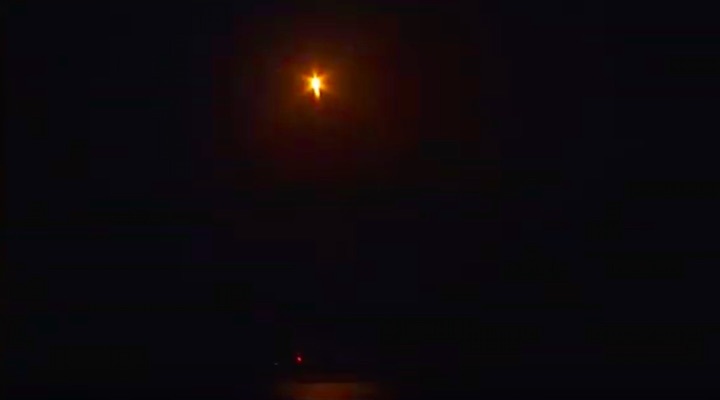
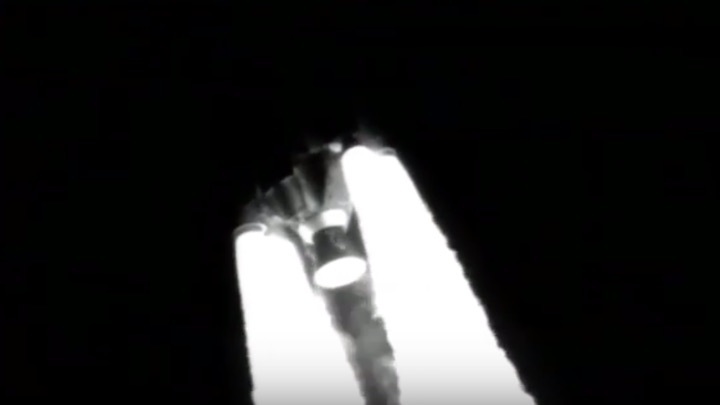
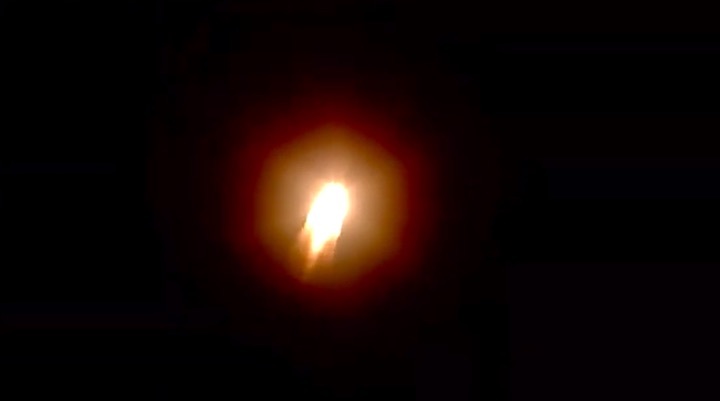
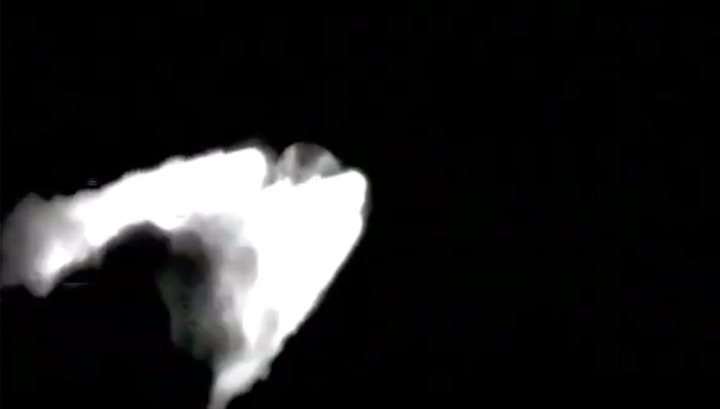
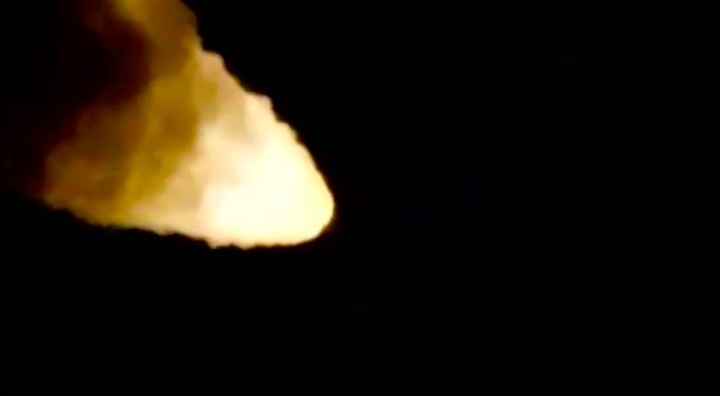
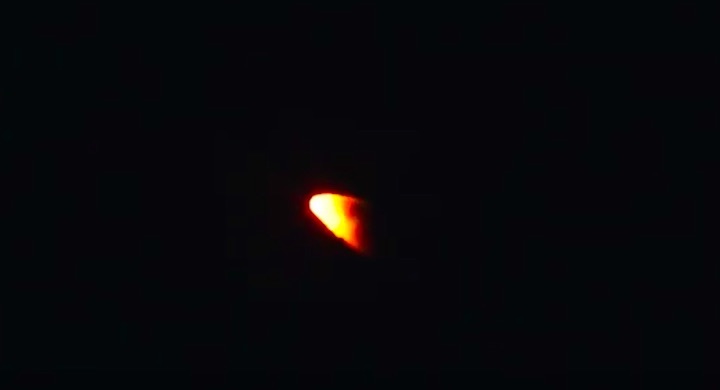
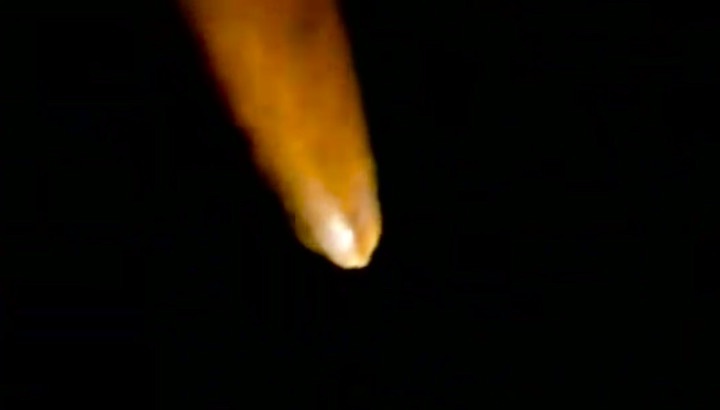
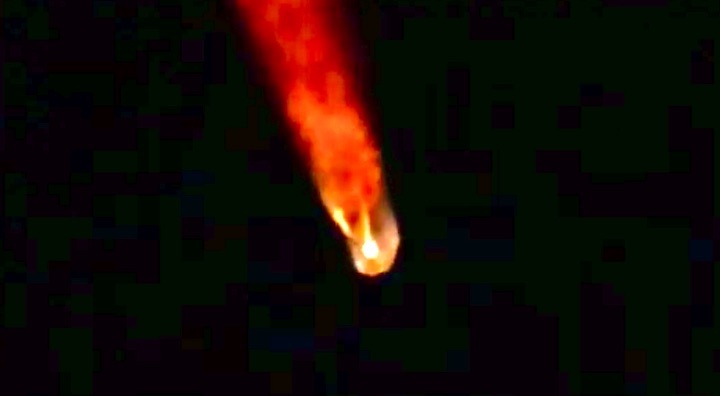
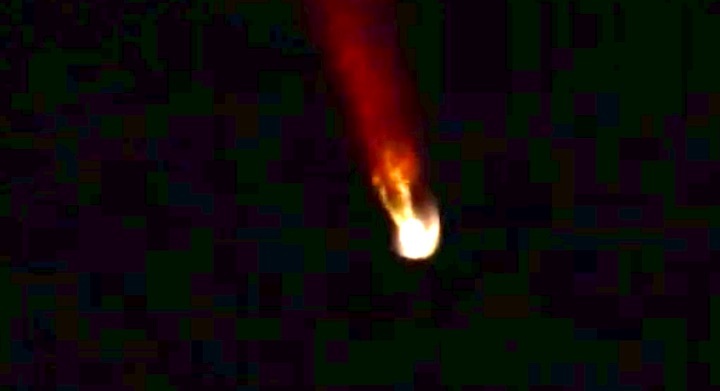
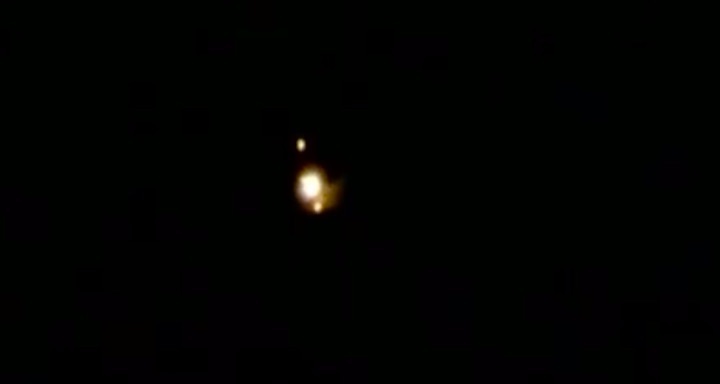
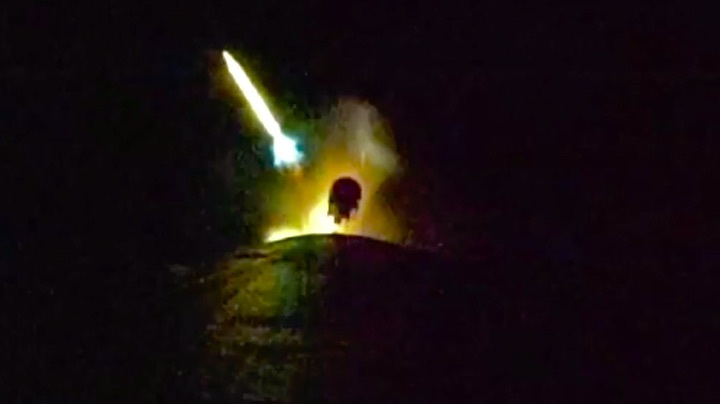


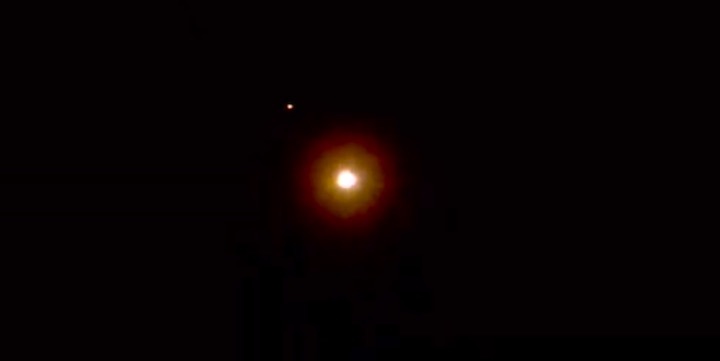
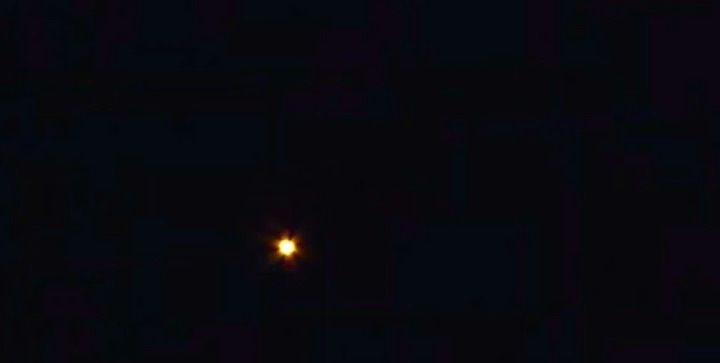

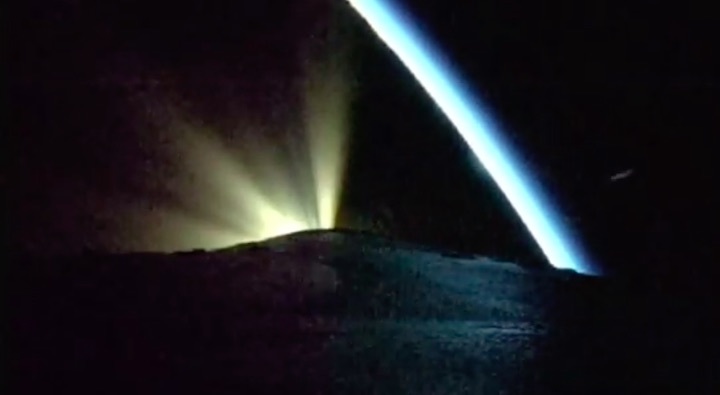
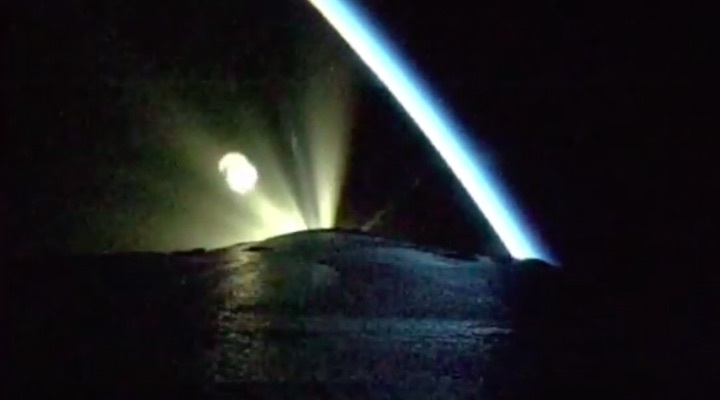
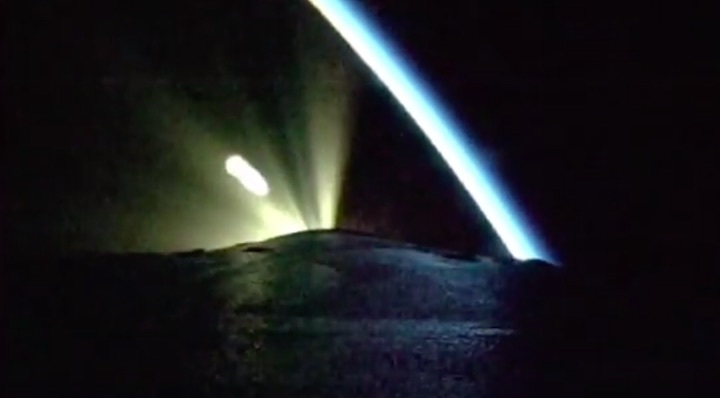
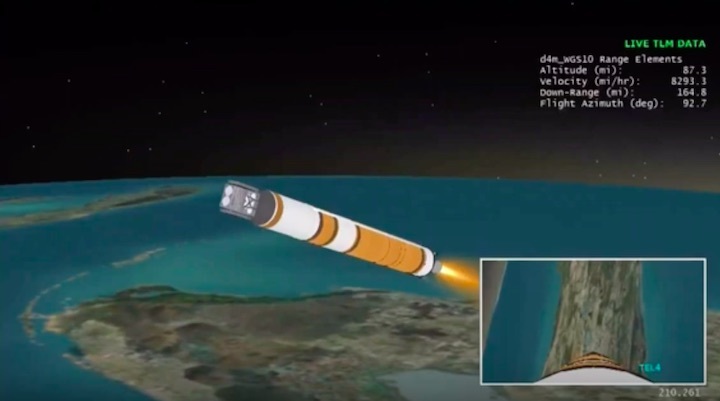


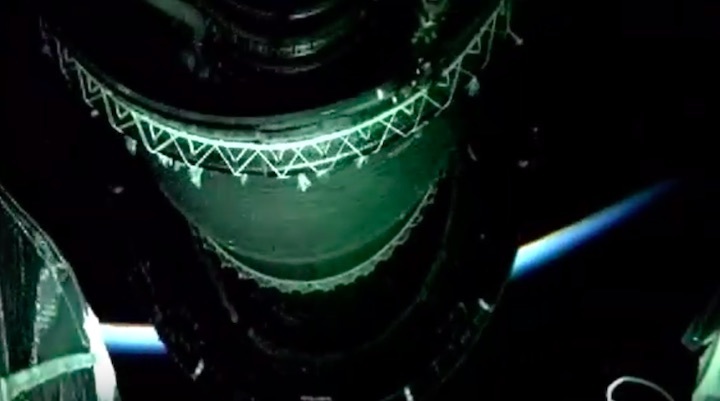
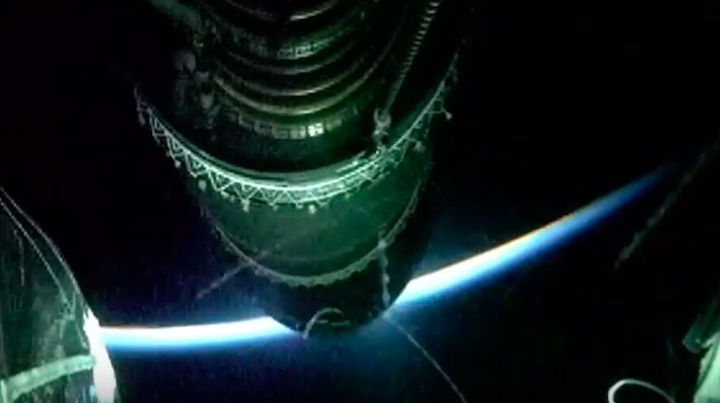

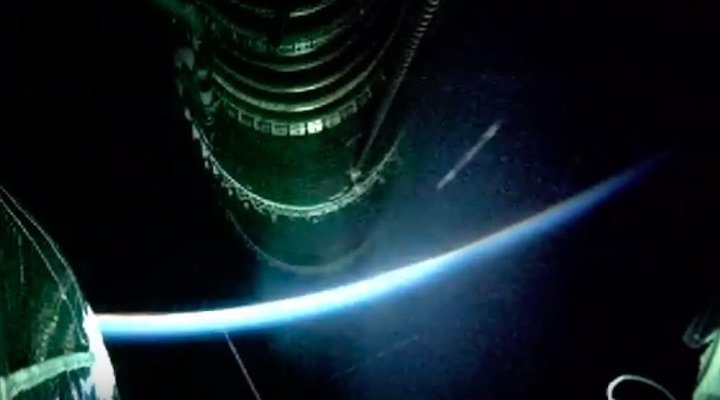
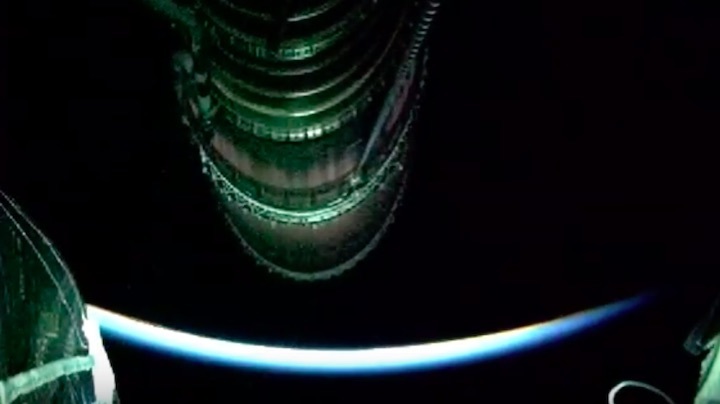
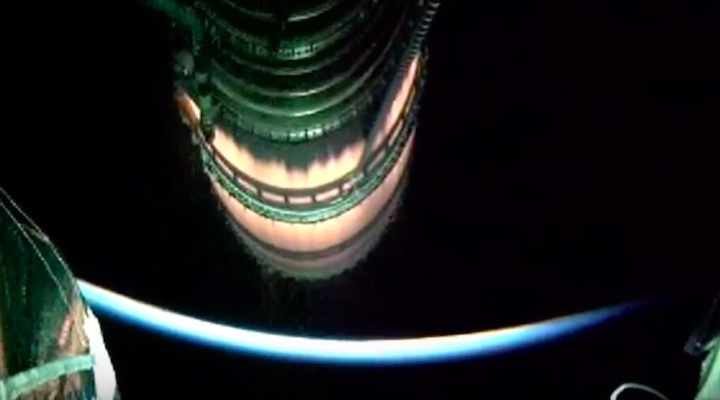
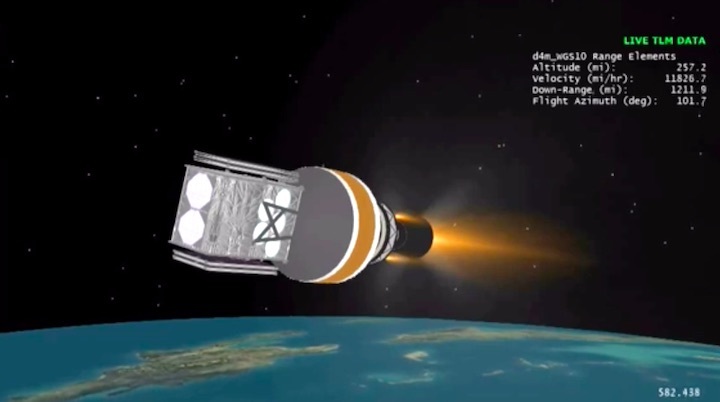
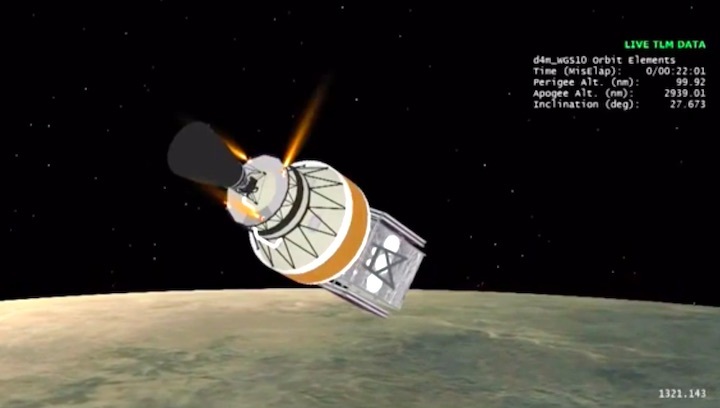
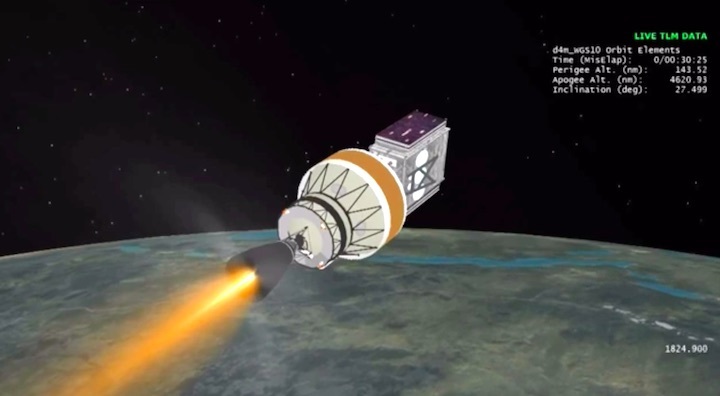
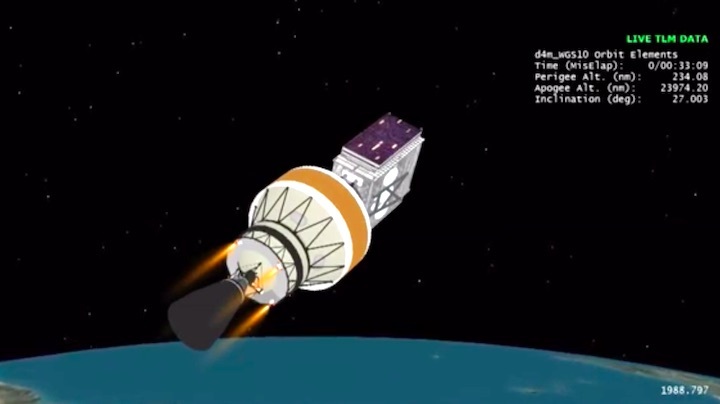

Quelle: ULA

